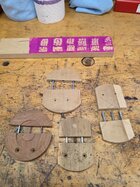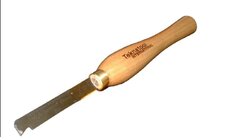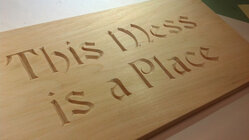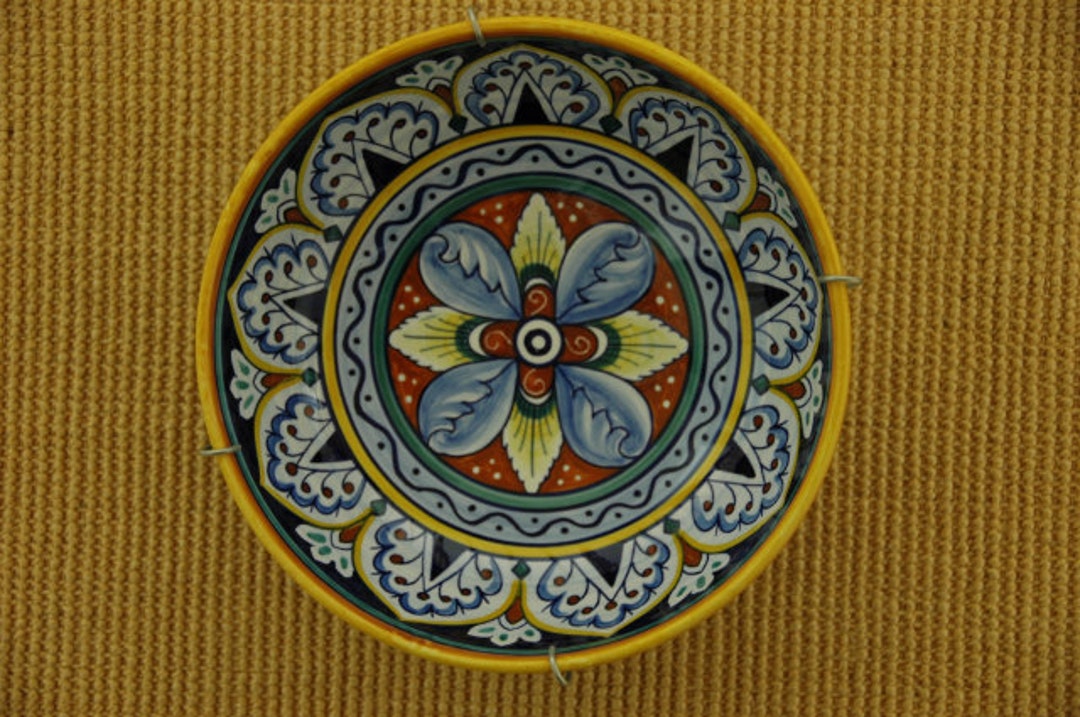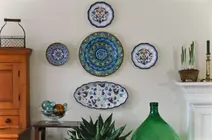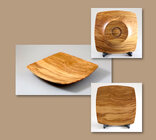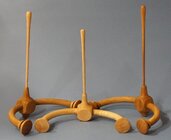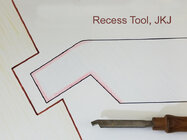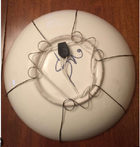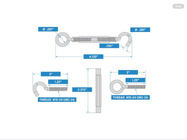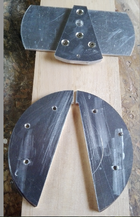I stopped by the gallery to see what they needed and received a second request for bowls to hang on the wall. Seems some people want to hang their bowls on a wall for display.
I don’t really want to use the sawtooth type hangers so I’m thinking about trying this.
My foot is usually 1/3 +/- the diameter of the bowl with only about 1/8” actually contacting the surface. I could make this wider and do an undercut similar to the dovetail on a mortise but a little deeper. This way it would be into the bottom of the bowl and give a little more support and not just the foot. The bowl could then be positioned easier. It could be hung on a nail or hook.
I’ll draw a sketch if that’s not clear. I need to check the weight of some of the large finished bowls (16”-18”) I have but I think this should work.
If you have another way or know of a piece of hardware I’m open to suggestions. Just don’t want anything that can be seen holding the bowl on the wall.
I don’t really want to use the sawtooth type hangers so I’m thinking about trying this.
My foot is usually 1/3 +/- the diameter of the bowl with only about 1/8” actually contacting the surface. I could make this wider and do an undercut similar to the dovetail on a mortise but a little deeper. This way it would be into the bottom of the bowl and give a little more support and not just the foot. The bowl could then be positioned easier. It could be hung on a nail or hook.
I’ll draw a sketch if that’s not clear. I need to check the weight of some of the large finished bowls (16”-18”) I have but I think this should work.
If you have another way or know of a piece of hardware I’m open to suggestions. Just don’t want anything that can be seen holding the bowl on the wall.

